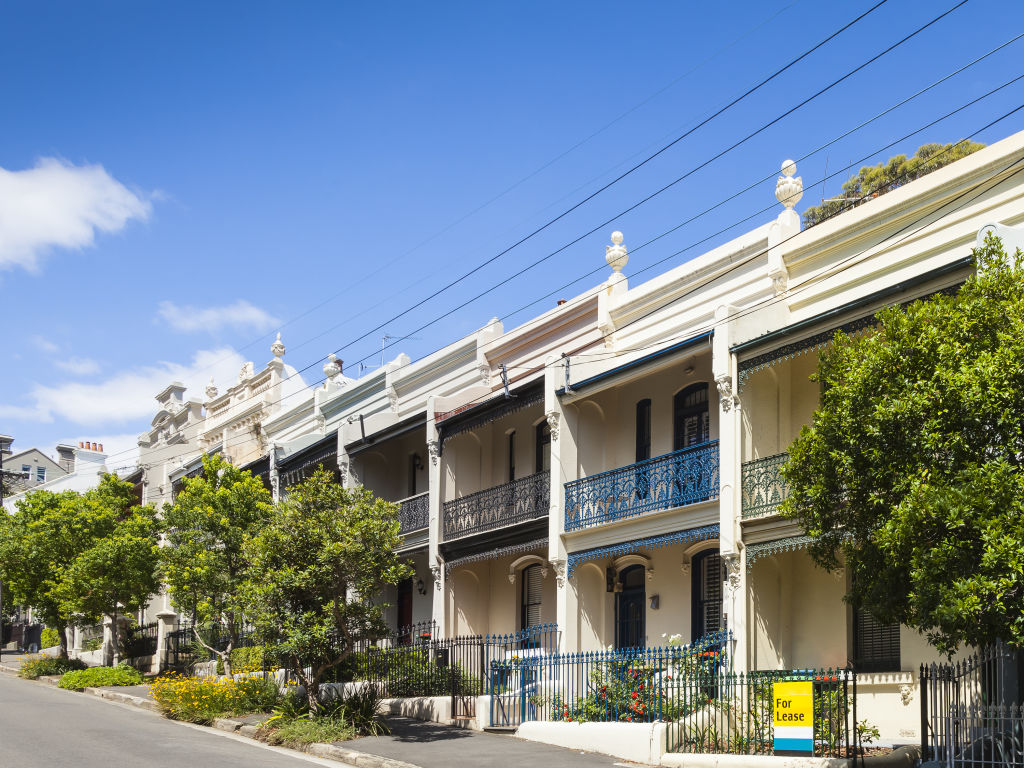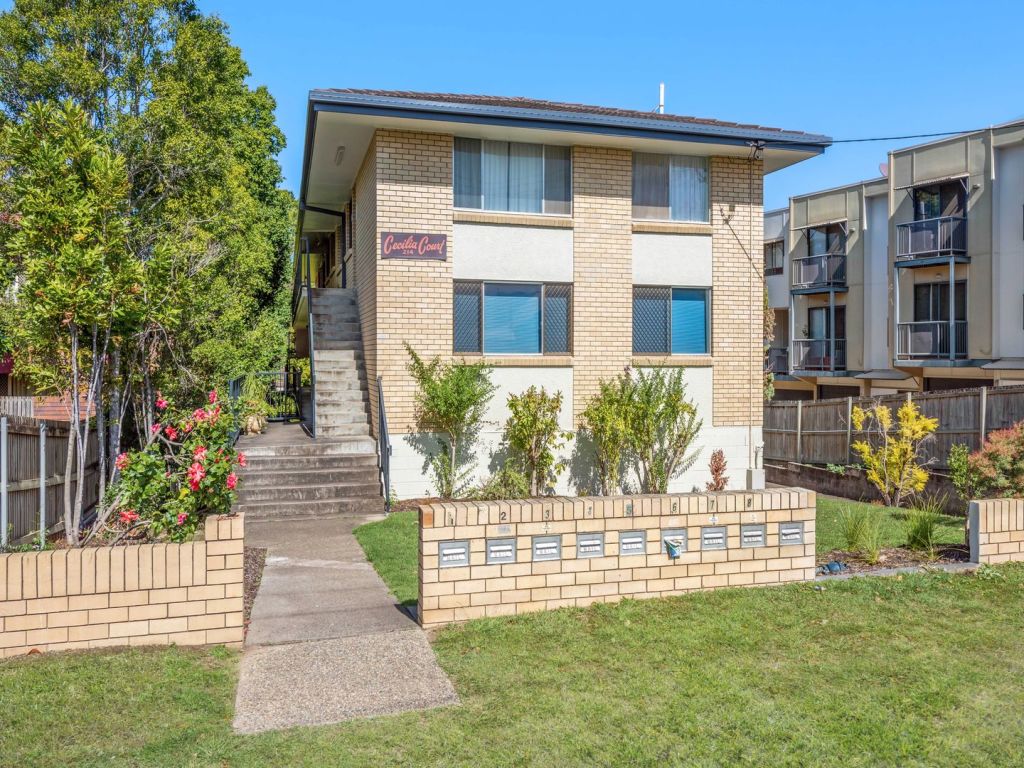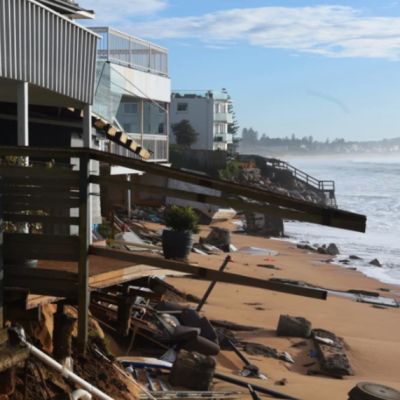Three things you should do if you've just purchased an investment property

You’ve done all the hard yards of haggling with lenders, researching the market and negotiating with agents to secure your first investment property. Surely it’s time for a well-earned rest? Not so fast!
There are three more critical steps to take before you can sit back and watch the rent roll in.
Hire a property manager
Your life as a landlord should be relatively painless if you engage a great property manager.
Managing director of propertyplanning.com.au David Johnston says he advises clients to start talking to local property managers as soon as they’ve got a suburb shortlist.
“What you’ll find is they’ll know the better pockets or streets and may be helpful to ascertain where the better quality properties to buy are located,” he says. “Those managers that are more helpful are likely to provide a better service to you and your tenant, so they’ll minimise headaches and how much time you have to commit to fixing problems.”
Penelope Valentine, director at property management agency Property Alchemy, says a referral is one of the best ways to find a top operator.
“If you’ve got a fellow investor, ask them who they use and if they’re happy,” she says. “You can also look at results online.”
What makes a great manager? Valentine offers a substantial checklist: “They need to do what they say they’re going to do; they need to have a deep knowledge and understanding of the legislation; they need experience – it’s better if they’ve been doing [property management] for quite a while; they need to show they understand your unique circumstances, which means they need to listen; and they need to understand what needs to be done on the property to mitigate any risk for the investor.”
Johnston says a good manager will also find a tenant to move in as soon as possible after you settle to maximise your rental return.

Purchase insurance
When it comes to risk management, insurance is essential for what will be one of your biggest assets. “One of the first things we do for new landlords is make sure they have the right insurance in place,” says Valentine. “It safeguards you from being massively in debt due to unforeseen circumstances.”
Landlord insurance provides cover if your investment property is damaged by fire, floods, a hail storm or high winds. It covers things like window breakages, a burst water pipe, or a leak caused by a faulty washing machine or toilet.
You can also pay a little extra to cover rent default should your tenant stop paying rent or loss of rent if your property becomes untenantable after a natural disaster.
“Depending on the value of your property and its risk profile, landlord insurance is not hugely expensive and it’s tax deductible.” says Valentine. Valentine says a good policy should cover tenant-related risks, including loss of rental income and damage to your property by tenants or their pets.
Johnston recommends getting insurance as soon as possible after purchase.
“There can be some grey areas between the purchase date and the settlement date and I’ve heard anecdotal stories of things going wrong in that time,” he says. “If the vendor is not insured that could be a real nightmare.”

Keep a cash buffer for maintenance and unexpected expenses
There’s a good reason why strata fees include a component known as a sinking fund levy: no matter how well-built a building is, it will eventually need repairs and maintenance.
At some point your property might need fresh paint or new floor coverings, a new oven or cooktop if these appliances fail, a plumber or electrician or a tradie to do roof repairs. If you’ve got money set aside for these “rainy day” expenses, they won’t throw your household budget into disarray when they’re required.
“When we first take on a property we tell the property owner that these are some of the things they may have to pay for over the course of a year,” says Valentine. “We explain why it’s good to have a contingency fund to pay for that, and also for ongoing payments for council, water and strata bills.
“We know you’ve made this investment to make money but equally you need to maintain that investment, and that costs money.”
We thought you might like
States
Capital Cities
Capital Cities - Rentals
Popular Areas
Allhomes
More










